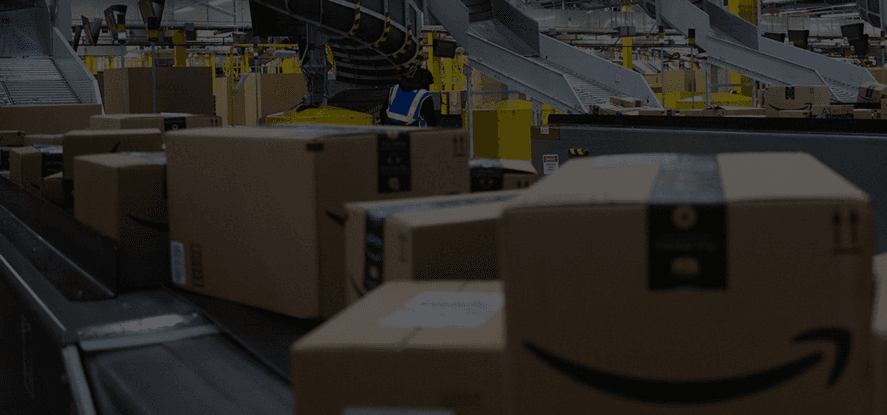Being a seller myself, I understand many of the “best practices” that were told by other sellers.
It wasn’t until my co-founder and I launched an Amazon repricer that we learned the truth about pricing on Amazon. In this post, we wanted to share some of our new-found knowledge about repricing and the myths associated with it.
Let’s get to the fun stuff!
Myth #1 – Repricing Below Tanks the Price
This one seems pretty logical at first but when you take a closer look, it’s dead wrong. In fact, it’s missing half of the equation.
Once you understand how Amazon's algorithms work, it’s easy to understand how listings react to price changes.
Amazon wants the lowest price possible to offer its customers. 3rd party sellers want the highest profit possible. These are two opposing requirements that lead to a rough relationship.
Like any other marketplace, there exists an equilibrium price; the price where both parties are as happy as possible.
By giving Amazon what it wants – a lower priced item – we can increase our Buy Box ownership percentage. We’re able to increase sales by repricing slightly below the current Buy Box price.
“But you’re tanking the price!” I hear you saying. In fact, we’re not. Instead, we have our repricing strategy raise our price to our Maximum price once we’ve reached our Minimum price. This “resets” the Buy Box higher.
If the range between our Minimum and Maximum price is relatively small, say $3-$10, we can “Oscillate” the Buy Box price, increasing our volume of sales and average price point.
This leads perfectly to our next observation..
Myth #2 – You Should Maximize Every Sale
If you’re currently a full-time or hoping to be a full-time Amazon seller, you know this is a volume game.
If we agree on that, why do we constantly attempt to maximize the return of every single unit?
An example is finding yourself without competition on a listing and raising your price far too high. Sure, every unit you sell will yield a much higher return on investment but you’ll also lower the volume of sales, making less money overall.
This is a supply and demand issue that many sellers easily overlook.
By shifting your focus to maximizing the average price, you’ll make more money in total.
Would you rather sell 20 units a month making $10 in profit per unit or 50 units making $7 per unit?
Myth #3 – You Should Target Another Seller's Offer
Another false idea about repricing is that you should target another Amazon 3rd party seller to base your pricing off of. Instead, why not base your price off the market itself?
By targeting the Buy Box itself, sellers are able to maintain a much higher overall price and, more importantly, take ownership of the Buy Box, which is responsible for no less than 80% of all Amazon sales.
For many, this is a new concept. We’re used to repricing tools repricing against other sellers, rather than whatever seller is currently in the Buy Box.
When these three changes are applied to repricing, the world begins to open up. It’s approaching this business model with a managerial perspective that looks at all options, considers which is the most profitable, and quickly executing on that outcome.



